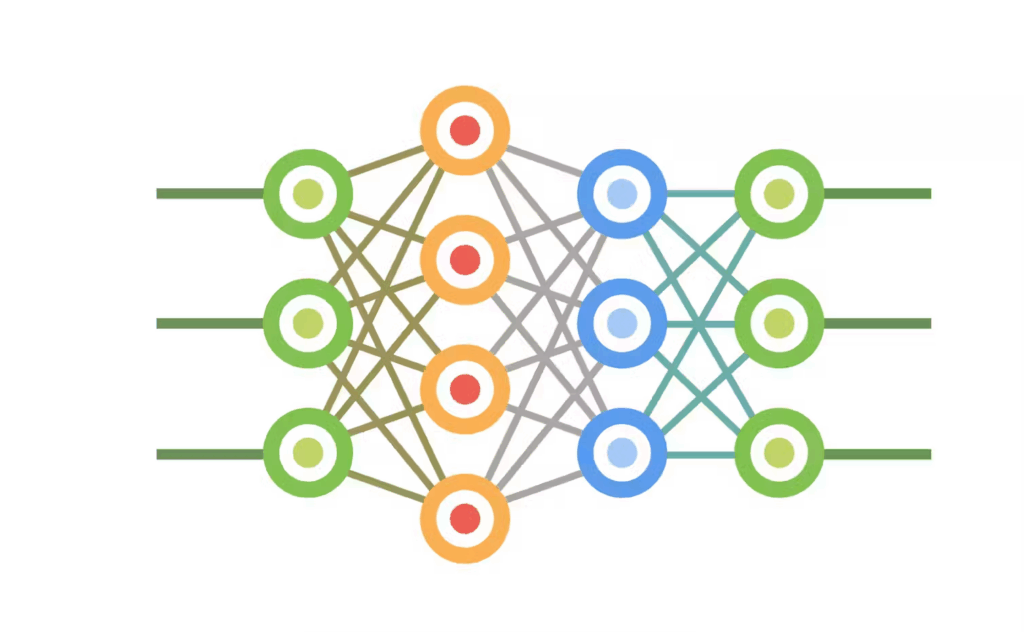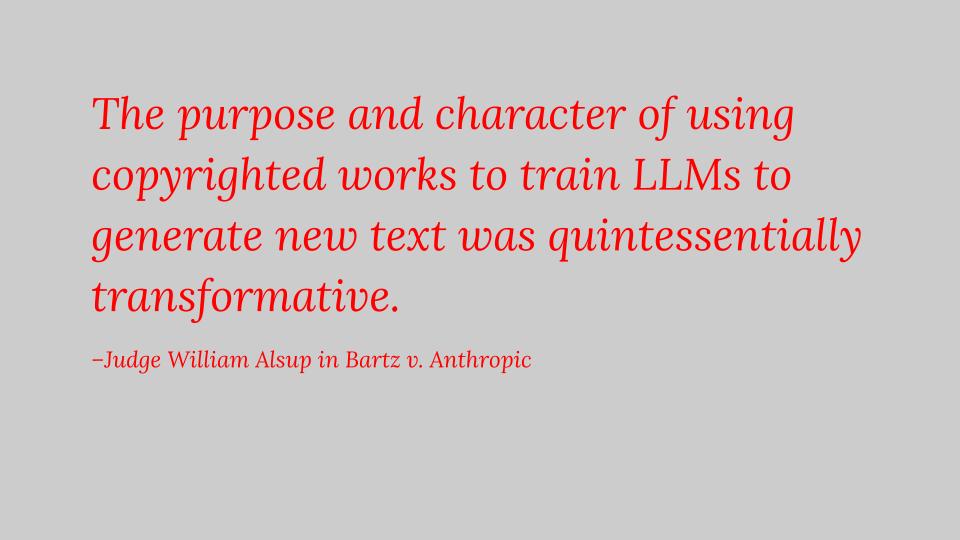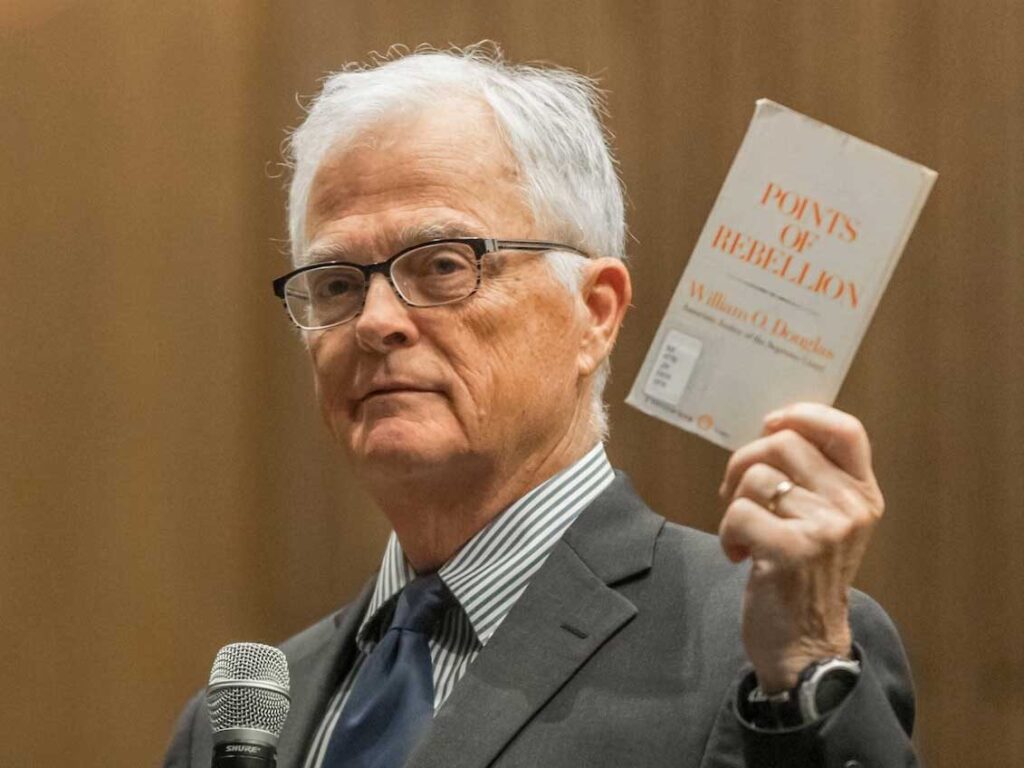NO FAKES 2025: Another Bill Sacrificing Authors’ Free Expression for Industry Control
NO FAKES 2025 does not care about actual deception, impersonation, and harm to the average person; instead, it focuses on enabling political censorship and monetization of celebrity likeness.









